Home>Interior Design>Industrial Decor Ideas: 10 Expert Ways To Introduce This Practical Trend
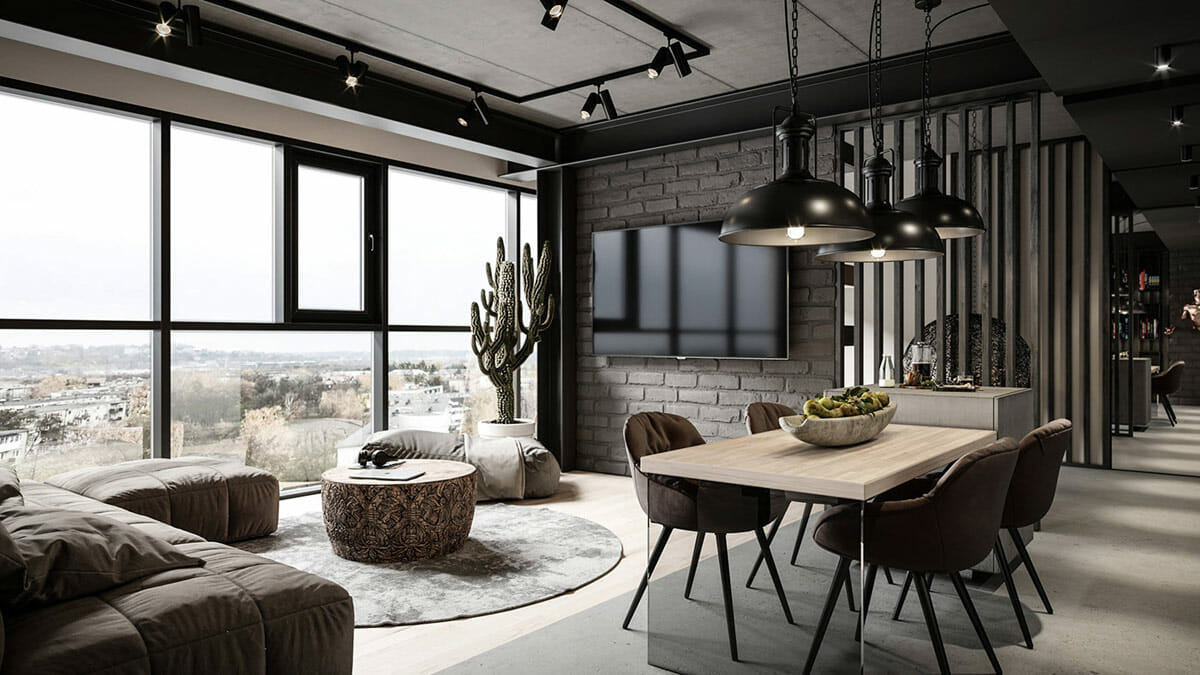

Interior Design
Industrial Decor Ideas: 10 Expert Ways To Introduce This Practical Trend
Modified: October 20, 2024
Looking to incorporate the practical trend of industrial decor into your space? Discover 10 expert ways to achieve this stylish interior design aesthetic.
(Many of the links in this article redirect to a specific reviewed product. Your purchase of these products through affiliate links helps to generate commission for Storables.com, at no extra cost. Learn more)
Introduction
In recent years, industrial decor has become a popular interior design trend, admired for its practicality and unique charm. This style draws inspiration from old factories and industrial spaces, incorporating raw materials, exposed brick walls, metal elements, and vintage furniture to create a rugged yet stylish look.
Industrial decor is suitable for a variety of spaces, from apartments and lofts to offices and restaurants. It provides a sense of authenticity and character, making it an ideal choice for those who appreciate a blend of functionality and aesthetics.
In this article, we will explore ten expert ways to introduce industrial decor into your space. Whether you’re starting from scratch or looking to update your current interior, these ideas will inspire you to create a space that is both visually appealing and highly functional.
Key Takeaways:
- Embrace the rugged charm of industrial decor by incorporating raw materials, exposed brick walls, metal elements, and vintage furniture to create a visually engaging and highly functional interior.
- Achieve an authentic industrial-inspired space by utilizing concrete flooring, open floor plans, a minimalist color palette, and carefully selected industrial accessories, creating a cohesive and timeless atmosphere.
Use of Raw Materials
When it comes to industrial decor, one of the key elements is the use of raw materials. This design style embraces the beauty of natural materials in their most raw and unfinished form. Materials like exposed brick, concrete, steel, and unfinished wood create a sense of authenticity and ruggedness.
To incorporate raw materials into your space, consider leaving brick walls or concrete floors exposed. The rough texture and weathered appearance of these materials add a touch of industrial charm. You can also opt for exposed wooden beams or structural elements to showcase the original features of your space.
Additionally, consider using raw materials in furniture and decor pieces. Look for industrial-style dining tables with reclaimed wood tops and metal bases, or shelves made from pipes and reclaimed wood. These elements not only enhance the industrial aesthetic but also provide durability and longevity.
Don’t be afraid to embrace imperfections in raw materials. Scratches, dents, and wear and tear add character and tell a story. Instead of trying to hide these flaws, let them shine and become part of the overall design.
Remember, the use of raw materials is not limited to just structural elements and furniture. You can also incorporate them in smaller details like light fixtures, hardware, and accessories. For example, pendant lights with metal shades or exposed bulbs can add a touch of industrial appeal to any space.
By using raw materials throughout your interior, you can create a cohesive and authentic industrial design that showcases the beauty of these materials.
Exposed Brick Walls
One of the signature features of industrial decor is the presence of exposed brick walls. This design element instantly adds character and a sense of history to any space. Exposed brick walls provide a raw and textured backdrop that is both visually striking and versatile.
Brick walls can be found in older industrial buildings or can be recreated using faux brick veneer or wallpaper. Whether you have authentic brick or opt for a more budget-friendly alternative, the effect remains the same. Exposed brick walls bring a certain warmth and rustic charm to the room.
When incorporating exposed brick walls into your interior, consider the overall color palette and style you want to achieve. Brick walls work well with a variety of color schemes, from neutral tones to bold and vibrant hues. They can be a focal point in a space or serve as a backdrop for other elements.
In addition to their aesthetic appeal, exposed brick walls also have practical benefits. They provide natural insulation, helping to regulate the temperature and create an energy-efficient environment. Furthermore, brick walls have excellent sound-absorbing properties, making them ideal for rooms where noise reduction is desired, such as home offices or media rooms.
To enhance the industrial feel of the brick walls, consider pairing them with metal accents, such as black iron shelving or industrial-style light fixtures. This juxtaposition of textures and materials will elevate the overall design.
Whether you have an existing brick wall or decide to create one, exposed brick walls are a powerful design element that adds character, texture, and a touch of history to any industrial-inspired interior.
Incorporation of Metal Elements
Metal elements are a fundamental aspect of industrial decor. They bring a sense of strength, durability, and functionality to the space. From exposed pipes and steel beams to metal furniture and decorative accents, incorporating metal elements can help create an authentic industrial look.
One way to incorporate metal elements is by using industrial-style furniture. Look for pieces made from materials like steel, iron, or aluminum. Industrial-style dining tables with metal frames, metal bar stools, and metal shelving units are just a few examples. These furniture pieces not only add an industrial aesthetic but also provide sturdiness and longevity.
Another way to introduce metal elements is by embracing exposed pipes. Rather than concealing them behind walls, consider leaving them exposed or adding decorative pipe fittings as a design feature. Exposed pipes can be used to create unique shelving systems, towel racks, or even lighting fixtures. This industrial detail adds visual interest and reinforces the overall theme.
In addition to furniture and exposed pipes, metal can be incorporated through light fixtures, hardware, and accessories. Industrial-style pendant lights with metal shades or chandeliers with exposed bulbs can become statement pieces in a room. Metal drawer pulls, cabinet handles, and door knobs can add a touch of industrial charm to furniture and cabinetry.
When incorporating metal elements, it’s important to maintain a balance. Too much metal can create an overly cold and sterile environment, so it’s essential to mix it with other materials and textures. Combine metal elements with materials like wood, leather, or textiles to add warmth and softness to the space.
By incorporating metal elements strategically, you can achieve an authentic and visually appealing industrial decor that embraces strength and functionality.
Utilizing Reclaimed Wood
Utilizing reclaimed wood is a key element in achieving an authentic industrial decor. Reclaimed wood brings a sense of history and rustic charm to a space while adding warmth and natural beauty.
Reclaimed wood refers to wood that has been salvaged from old buildings, barns, or other sources, then repurposed into furniture, flooring, or decorative accents. By using reclaimed wood, you not only contribute to sustainability but also infuse your space with unique character.
One of the most popular ways to incorporate reclaimed wood is through flooring. Reclaimed wood flooring adds a sense of depth and texture to a room and complements the industrial aesthetic. The natural imperfections, such as knots and nail holes, give the flooring a distinctive and lived-in look.
Aside from flooring, reclaimed wood can be used for furniture pieces like coffee tables, dining tables, and bookshelves. These furniture pieces often have rich patinas and unique grain patterns that add visual interest to the space. Combining reclaimed wood with metal accents, such as hairpin legs or industrial-style frames, creates a perfect blend of rustic and industrial elements.
Another way to incorporate reclaimed wood is through accent walls or paneling. Installing reclaimed wood paneling on one wall can instantly become the focal point of the room, adding warmth and texture. The unique colors and textures of the wood provide a visual contrast against the other industrial elements in the space.
To maximize the impact of reclaimed wood, consider using it for smaller decorative accents as well. Picture frames, shelves, and wall art made from reclaimed wood can add a touch of rustic charm while tying the whole design together.
When utilizing reclaimed wood, it’s important to ensure that it has been properly treated, sealed, and cleaned to remove any contaminants or unwanted pests. This will ensure that the wood is safe and maintains its longevity.
By incorporating reclaimed wood into your industrial decor, you can achieve a truly unique and eco-friendly space with a rich history and a timeless appeal.
Industrial Lighting Fixtures
Industrial lighting fixtures play a crucial role in creating an authentic industrial decor. These fixtures not only provide functional lighting but also serve as focal points and design statements in the room.
When selecting industrial lighting fixtures, look for designs that incorporate metal, exposed bulbs, and utilitarian aesthetics. Industrial-style pendant lights, chandeliers, and wall sconces are popular choices for adding a touch of industrial charm to any space.
One of the iconic features of industrial lighting is the use of exposed bulbs. Vintage Edison bulbs or filament bulbs with visible filaments are often used to enhance the industrial aesthetic. These bulbs emit warm and soft light, creating a cozy and nostalgic atmosphere.
In addition to exposed bulbs, metal shades with matte or brushed finishes are commonly found in industrial lighting fixtures. These shades provide direct and focused lighting, perfect for task areas such as kitchen islands or study nooks.
Another popular trend in industrial lighting is the use of reclaimed materials. Industrial fixtures made from repurposed pipes, gears, or vintage machinery parts add a unique and industrial touch to the space. These fixtures are not only functional but also serve as conversation pieces and works of art.
Consider incorporating multiple lighting fixtures in different areas of the room to create layers and depth. This can be achieved by combining pendant lights over a dining table, wall sconces for ambient lighting, and floor lamps to provide focused light in reading corners.
When installing industrial lighting fixtures, pay attention to the scale and height of the room. Large pendant lights or chandeliers work well in spaces with high ceilings, while smaller fixtures are better suited for rooms with lower ceilings.
Remember to install dimmer switches to have control over the lighting intensity. This allows you to create different moods and ambiance in the room, from bright and functional to soft and cozy.
By incorporating industrial lighting fixtures, you can elevate the overall industrial decor and add a touch of character and functional aesthetics to your space.
When introducing industrial decor, consider incorporating raw materials such as exposed brick, concrete, and metal to create an authentic and practical look.
Vintage and Industrial Furniture
Vintage and industrial furniture pieces are essential for achieving an authentic industrial decor. These furniture pieces not only provide functionality but also add character and a sense of history to the space.
When selecting vintage and industrial furniture, look for pieces that incorporate materials like reclaimed wood, distressed metal, and worn leather. Aim for furniture with a rugged and lived-in appearance, as this adds to the charm of the industrial style.
One popular furniture item in industrial decor is the vintage leather sofa. These sofas often have worn leather upholstery with visible patina, giving them a timeless and rugged look. Pair it with vintage-inspired armchairs upholstered in rich leather or distressed fabrics for a cohesive and stylish ensemble.
Industrial-style dining tables made from reclaimed wood with metal accents are another staple in this design style. These tables often have a sturdy metal frame and a rustic wood top, creating a perfect blend of industrial and vintage aesthetics. Pair them with metal chairs or benches to complete the look.
Incorporating industrial-style storage pieces is also a great way to enhance the industrial vibe in your space. Look for metal filing cabinets, lockers, or vintage-inspired shelving units. These furniture pieces not only provide storage solutions but also add a touch of authenticity and functionality to the room.
Additionally, vintage industrial-inspired desks with metal frames and reclaimed wood tops can create a stylish and functional workspace. Pair it with a vintage-style desk lamp and accessories like antique typewriters or old maps to complete the vintage-industrial look.
When selecting furniture for your industrial decor, consider mixing and matching different pieces to create a harmonious and eclectic look. Don’t be afraid to incorporate antiques, thrifted finds, or unique vintage items to add character and tell a story.
Lastly, balance is key when incorporating vintage and industrial furniture. Ensure that the proportions and scale of the furniture pieces are appropriate for the size of your space. Too many large or bulky pieces can overwhelm a room, while too many small pieces can make it feel cluttered.
By incorporating vintage and industrial furniture, you can create an industrial-inspired space that is both functional and stylish, with a nod to the past and a touch of vintage charm.
Concrete Flooring
Concrete flooring is a hallmark of industrial decor, providing a sleek and modern yet rugged look to any space. It is prized for its durability, versatility, and minimalistic aesthetic.
When considering concrete flooring for your industrial-inspired interior, there are a few ways to approach it. One option is to work with the existing concrete slab, which can be polished and sealed to create a smooth and glossy finish. This option is ideal for spaces with existing concrete floors, such as lofts or converted warehouses.
If you don’t have an existing concrete slab, you can opt for concrete overlays or micro-toppings that can be applied over the existing subfloor. These overlays can provide the look of concrete while also offering additional strength and durability.
Concrete flooring comes in different finishes, ranging from a polished or honed surface to a more textured and matte finish. The choice of the finish will depend on the desired look and functionality of the space. Polished concrete offers a sophisticated and reflective surface, while a matte finish provides a more industrial and raw appearance.
Aside from its aesthetic appeal, concrete flooring has practical benefits as well. It is easy to clean and maintain, making it suitable for high-traffic areas. Concrete is also an excellent conductor of heat, allowing for the installation of radiant floor heating systems for added comfort.
To soften the look and add warmth to the space, consider incorporating rugs or large area rugs in strategic areas. This not only defines different zones in an open floor plan but also adds texture and softness to the overall design.
To further enhance the industrial feel, consider allowing the concrete flooring to flow seamlessly from room to room, creating a cohesive and continuous look throughout the space. This creates a sense of spaciousness and unity.
When selecting furniture and decor, consider pairing concrete flooring with pieces made from materials like metal, wood, and leather. The combination of these elements adds dimension and balances the coldness of the concrete with warmth and texture.
Concrete flooring is a bold and stylish choice for an industrial-inspired interior. Its versatility and durability make it a practical option, while its sleek and minimalist aesthetic adds a touch of modernity and sophistication to your space.
Open Floor Plans
Open floor plans are an excellent choice for creating a cohesive and spacious industrial-inspired interior. This design concept removes barriers and walls, allowing for seamless flow and connectivity between different areas of the space.
One of the key advantages of open floor plans is the ability to maximize natural light. With fewer walls, sunlight can penetrate through the entire space, creating a bright and airy atmosphere. This is particularly beneficial in industrial decor, as it highlights the raw materials and adds to the overall industrial aesthetic.
In an open floor plan, consider using different zones or areas to define specific functions. For example, you can use furniture placement, area rugs, or changes in flooring materials to visually separate the living area from the dining area or create a designated workspace.
An open floor plan also provides more flexibility in furniture arrangement, allowing you to be creative with the layout. You can experiment with different furniture configurations and placement to optimize the flow and functionality of the space.
When designing an open floor plan, it is essential to think about the scale and proportion of the furniture. Consider using larger pieces as focal points and anchor them in the center of the space. Smaller furniture pieces can be used to create seating areas or designated zones.
Incorporating industrial-style room dividers, such as metal screens or repurposed industrial partitions, can add visual interest and definition to the space while maintaining the open feel. These dividers create a sense of separation without sacrificing the overall continuity of the design.
Another consideration in an open floor plan is the use of lighting fixtures strategically. Pendant lights or chandeliers can be used to delineate different areas, such as above a dining table or kitchen island, while wall sconces can provide focused lighting in specific functional zones.
Lastly, in an open floor plan, it’s essential to maintain a cohesive color palette throughout the space. This helps to create a harmonious and unified look. Consider using a neutral color scheme with accents of industrial-inspired colors like rich browns, deep grays, and muted blues.
Open floor plans offer a sense of freedom and fluidity in your industrial decor. They allow for natural light to permeate the space, provide flexibility in furniture arrangement, and create a modern and spacious environment perfect for the industrial aesthetic.
Minimalist Color Palette
A minimalist color palette is key to achieving a clean and cohesive industrial decor. This design style puts emphasis on simplicity, focusing on neutral tones and muted hues to create a calm and timeless atmosphere.
When selecting colors for your industrial-inspired interior, opt for shades that evoke a sense of simplicity and sophistication. Neutral colors like shades of gray, beige, and white provide a foundation for the space and allow other industrial elements to shine.
Gray is a popular choice in industrial decor as it adds depth and complements the raw and rugged materials used in this style. From light gray to charcoal, this versatile color can be used on walls, flooring, or as an accent color in furniture or accessories.
Beige and earthy tones are also commonly used in industrial interiors. These hues evoke a sense of warmth and grounding. Think sandy beige, warm taupe, or terracotta to create a cozy and inviting ambiance.
When incorporating colors into your industrial decor, less is more. Stick to a limited color palette to maintain a minimalist aesthetic. By doing so, it allows the textures and materials used in the space to become the focal points.
To add visual interest and prevent the space from feeling too monochromatic, consider incorporating different shades and textures within your chosen color palette. This can be achieved through the use of various types of materials, such as metal, wood, and concrete, which add depth and dimension to the overall design.
For pops of color, consider muted or subdued tones that complement the industrial aesthetic. Deep blues, dusty greens, or even hints of rusty oranges can add a touch of visual interest without overwhelming the space.
The minimalist color palette also extends to the choice of furnishings and accessories. Stick to a monochromatic or limited color scheme for furniture pieces, such as black, white, or shades of gray. This allows the focus to remain on the texture and materials of the furniture itself.
Accessories and decorative accents can also be used to introduce subtle pops of color. Consider incorporating textiles, such as pillows, throws, or rugs, in muted tones with subtle patterns. This adds visual interest and softness to the space without deviating from the minimalist color palette.
A minimalist color palette creates a serene and timeless backdrop in your industrial decor. It allows the textures and raw materials to take center stage while providing a cohesive and sophisticated look to your space.
Industrial Accessories and Decorative Items
To truly complete the look of your industrial-inspired interior, it’s important to carefully select industrial accessories and decorative items. These finishing touches add personality, detail, and a sense of authenticity to your space.
One of the key elements to consider when choosing industrial accessories is to look for items that reflect the rugged and utilitarian aesthetic of industrial design. Here are a few ideas to inspire you:
- Metal accents: Incorporate metal accents throughout your space with items like metal frames for mirrors or artwork, metal bookends, or metal shelving units. These metallic details reinforce the industrial vibe while adding visual interest.
- Old signage and typography: Look for vintage signs or typography-inspired artwork that incorporates bold lettering or industrial-style fonts. These pieces can become focal points and conversation starters in your space.
- Repurposed industrial objects: Consider incorporating repurposed items like gears, pulleys, or vintage machinery parts as decorative pieces. These unique and unusual objects can add a touch of industrial charm and serve as unique conversation starters.
- Industrial wall art: Look for abstract or industrial-inspired artwork that features geometric shapes, industrial landscapes, or black and white photography. These pieces can add depth and visual interest to your walls.
- Wire baskets and crates: Utilize wire baskets as storage solutions for magazines or blankets, or display vintage wooden crates as decorative elements. These functional and industrial-looking accessories add both practicality and visual appeal to your space.
- Industrial-style clocks: Consider adding large, vintage-inspired clocks with industrial-style finishes and exposed mechanisms as statement pieces on your walls. These can enhance the industrial aesthetic while serving a functional purpose.
- Exposed bulb lighting: Further enhance the industrial feel by incorporating exposed bulb lighting fixtures. These can be in the form of pendant lights, table lamps, or floor lamps, showcasing the beauty of vintage-style Edison bulbs.
When selecting decorative items, remember that less is often more in industrial decor. Instead of filling your space with too many accessories, choose a few carefully curated pieces that stand out and complement the overall aesthetic. This helps maintain a clean and uncluttered look.
Additionally, consider layering different textures and materials through textiles like rugs, cushions, and throws. Look for materials like distressed leather, burlap, or worn denim to add an extra touch of industrial charm.
By choosing the right industrial accessories and decorative items, you can add personality and detail to your space, creating a cohesive and fully realized industrial-inspired interior.
Conclusion
Incorporating industrial decor into your space can bring a unique and practical trend to life. By following the expert tips outlined in this article, you can create an interior that is visually engaging, functional, and true to the industrial aesthetic.
From the use of raw materials to the incorporation of metal elements, vintage and industrial furniture, and concrete flooring, each aspect contributes to the overall industrial vibe. Additionally, the open floor plan layout, minimalist color palette, and carefully selected accessories and decorative items help tie everything together.
Remember, achieving the industrial look is all about striking a balance between ruggedness and sophistication. The mix of raw materials, exposed structures, and industrial-inspired furniture pieces creates a space that exudes character and authenticity.
Whether you’re transforming a loft, office, or even a residential space, industrial decor offers a practical and stylish approach to interior design. It brings forth a sense of history, function, and visual appeal that captures the essence of industrial charm.
So, roll up your sleeves and get ready to infuse your space with industrial flair. Embrace the beauty of exposed brick walls, experiment with metal elements, and incorporate reclaimed wood into your furniture and flooring. Play around with lighting fixtures, create an open floor plan, and stick to a minimalist color palette. And don’t forget to add those finishing touches with the perfect industrial accessories and decorative items.
By following these expert ways to introduce industrial decor into your space, you’ll be able to create a visually captivating interior that showcases your unique style and appreciation for practicality. Get ready to enjoy a space that combines functionality with rugged charm, making a lasting impression on both guests and your own sense of satisfaction.
Frequently Asked Questions about Industrial Decor Ideas: 10 Expert Ways To Introduce This Practical Trend
Was this page helpful?
At Storables.com, we guarantee accurate and reliable information. Our content, validated by Expert Board Contributors, is crafted following stringent Editorial Policies. We're committed to providing you with well-researched, expert-backed insights for all your informational needs.
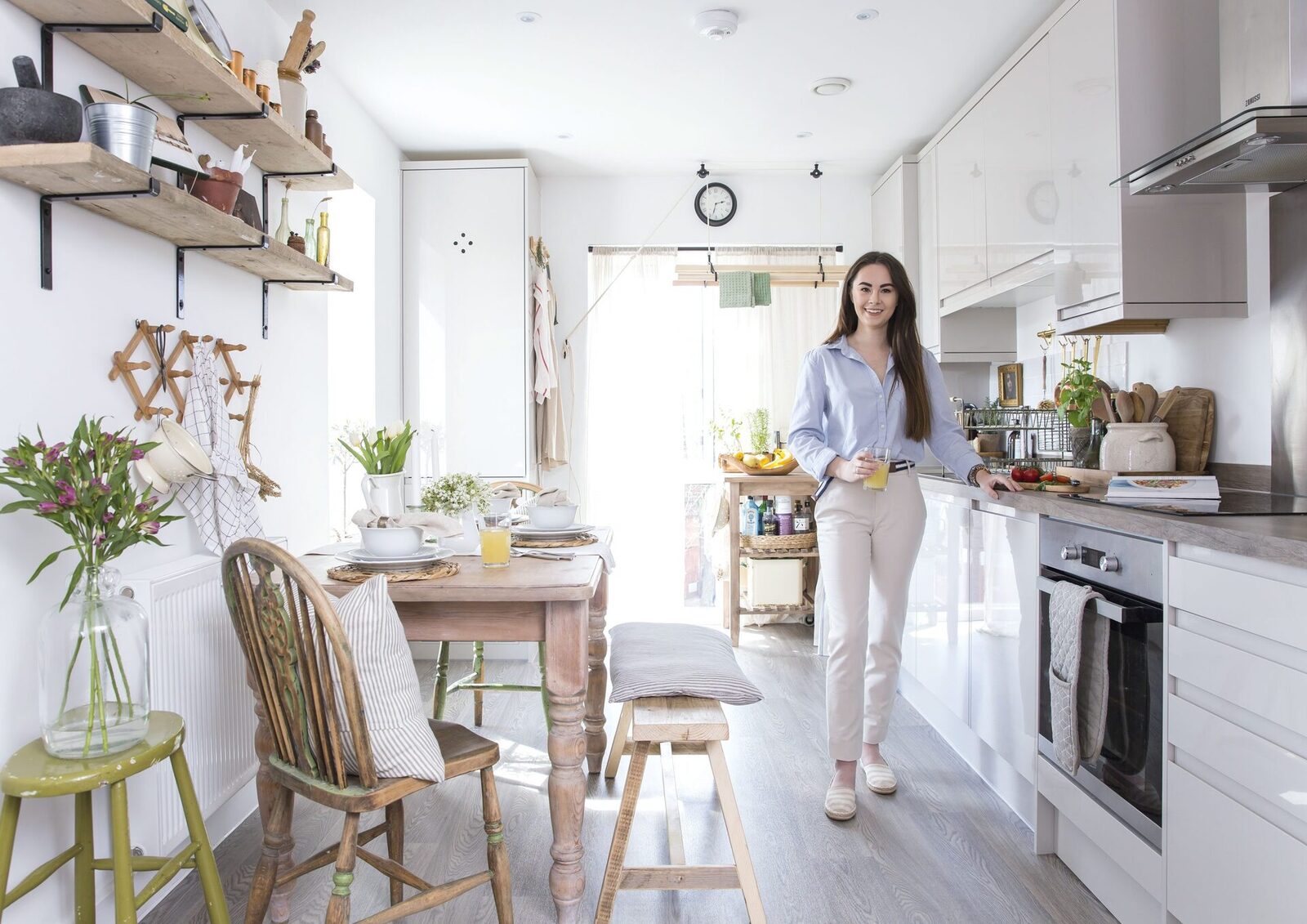
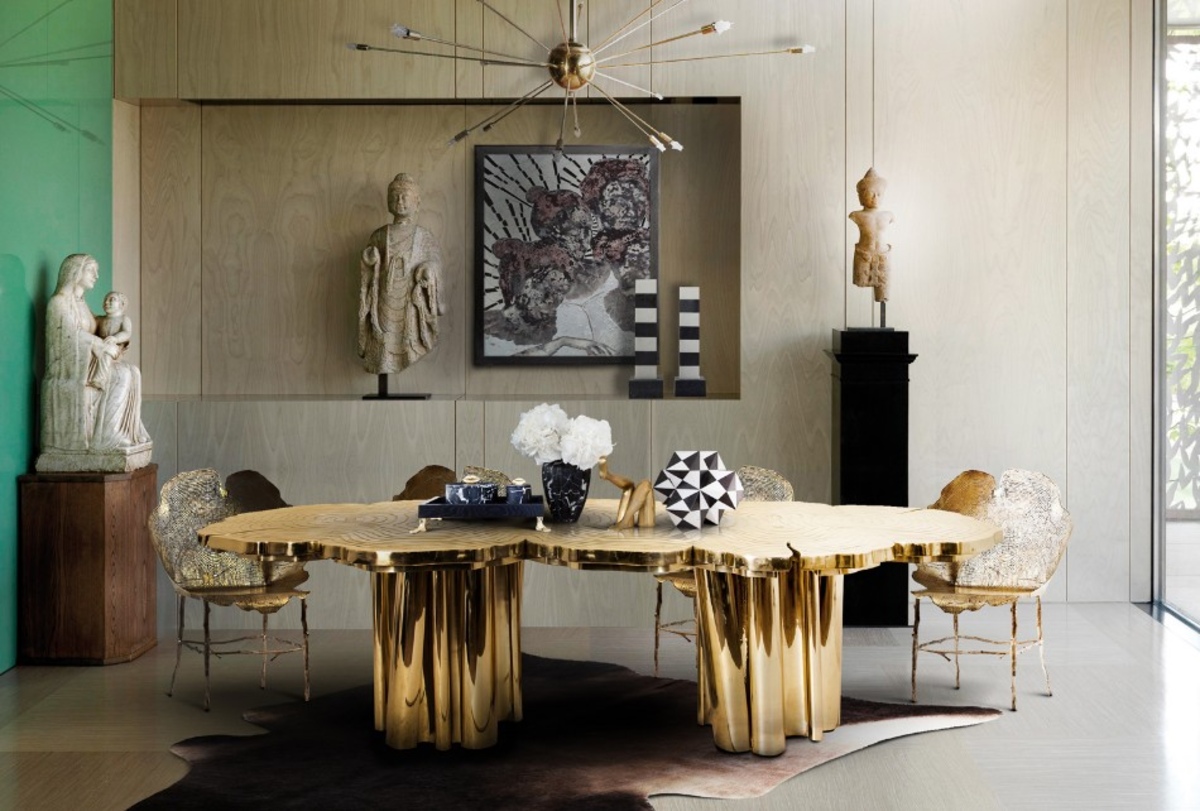
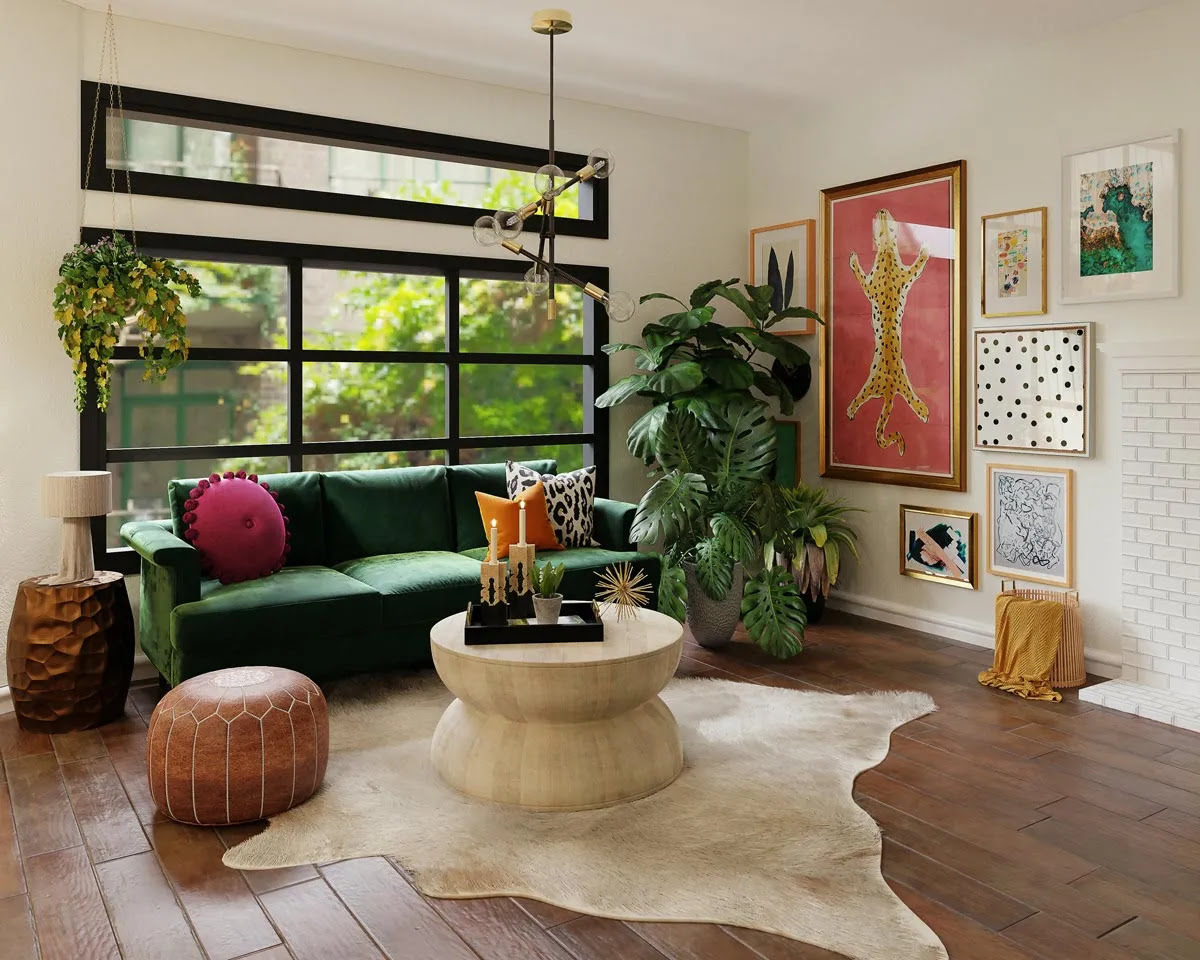
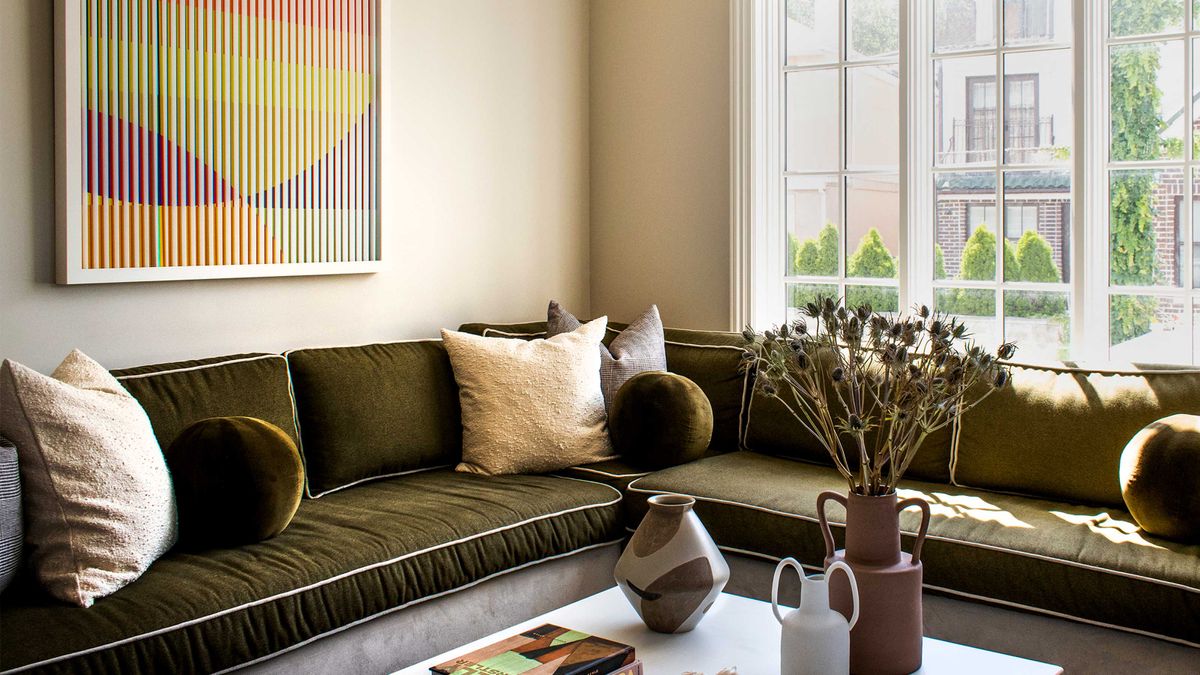
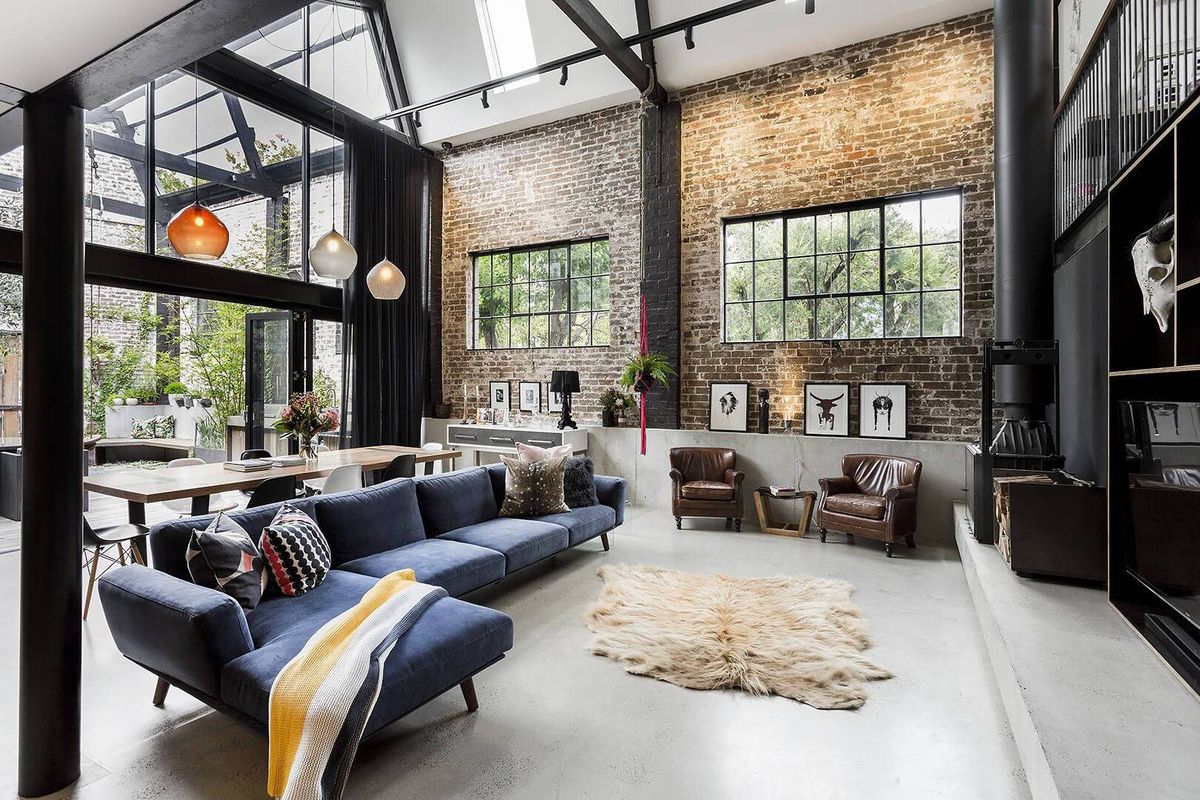
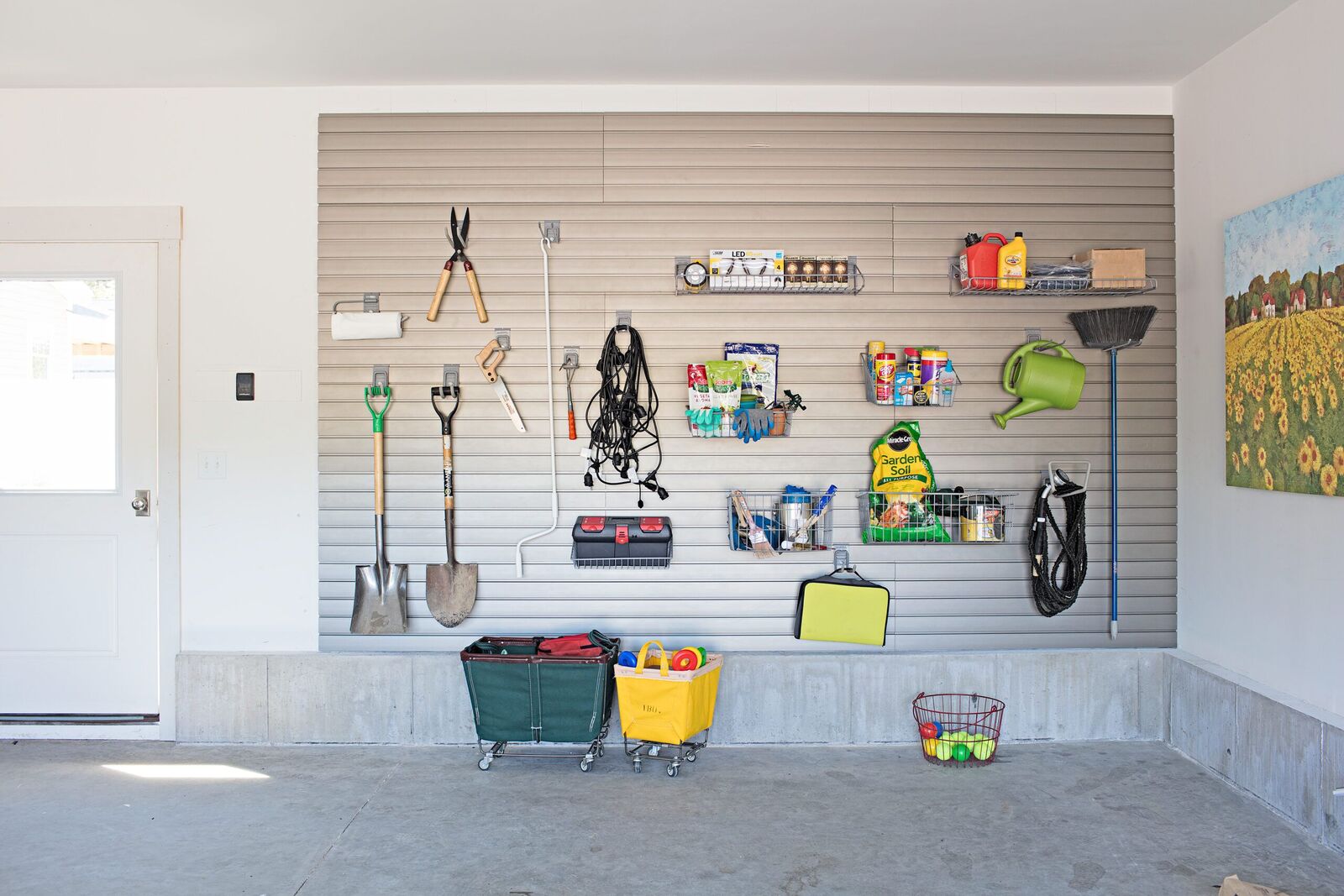
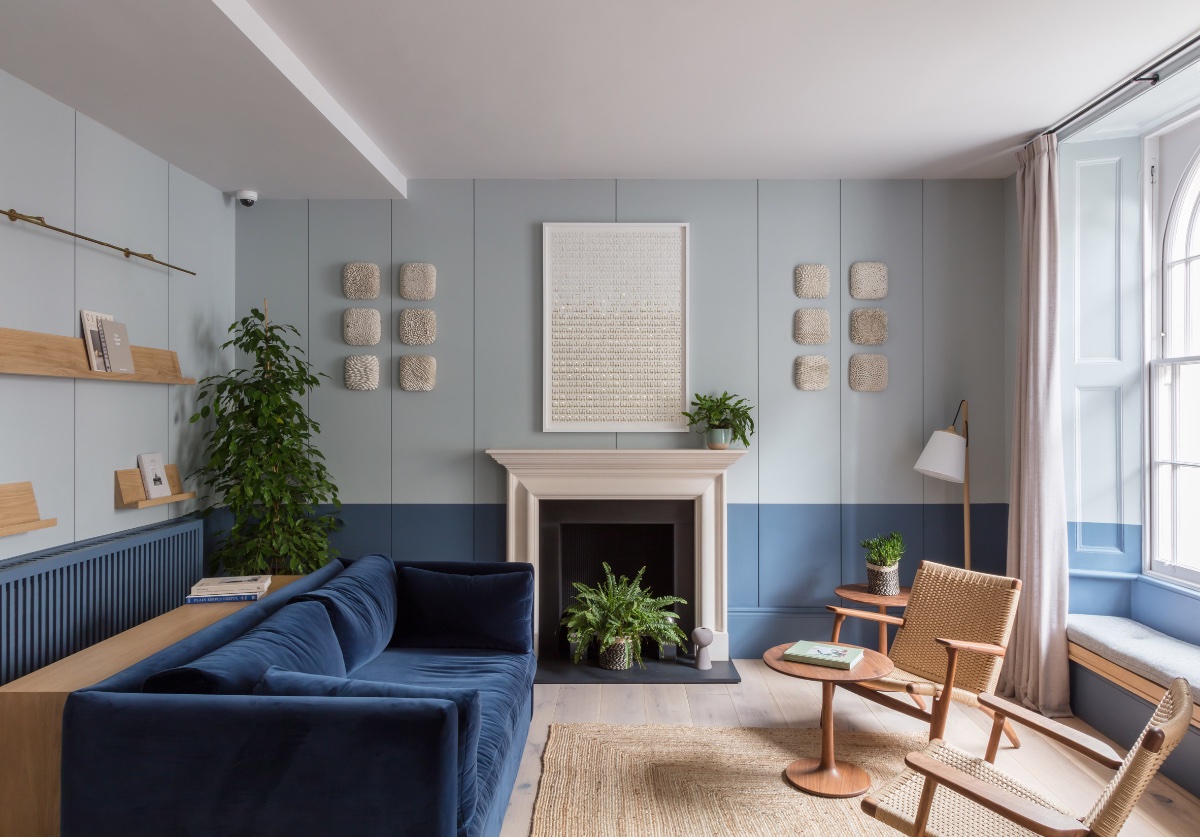
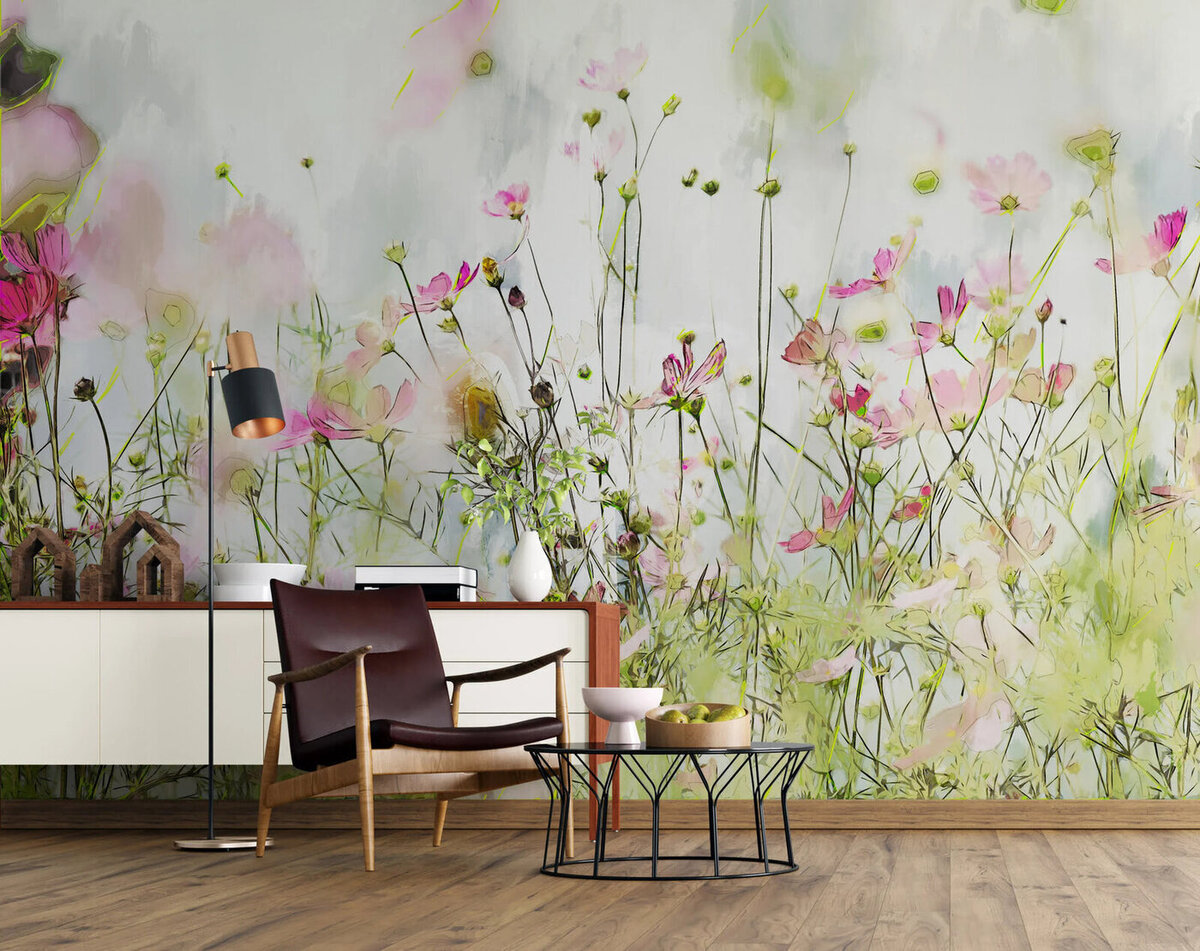

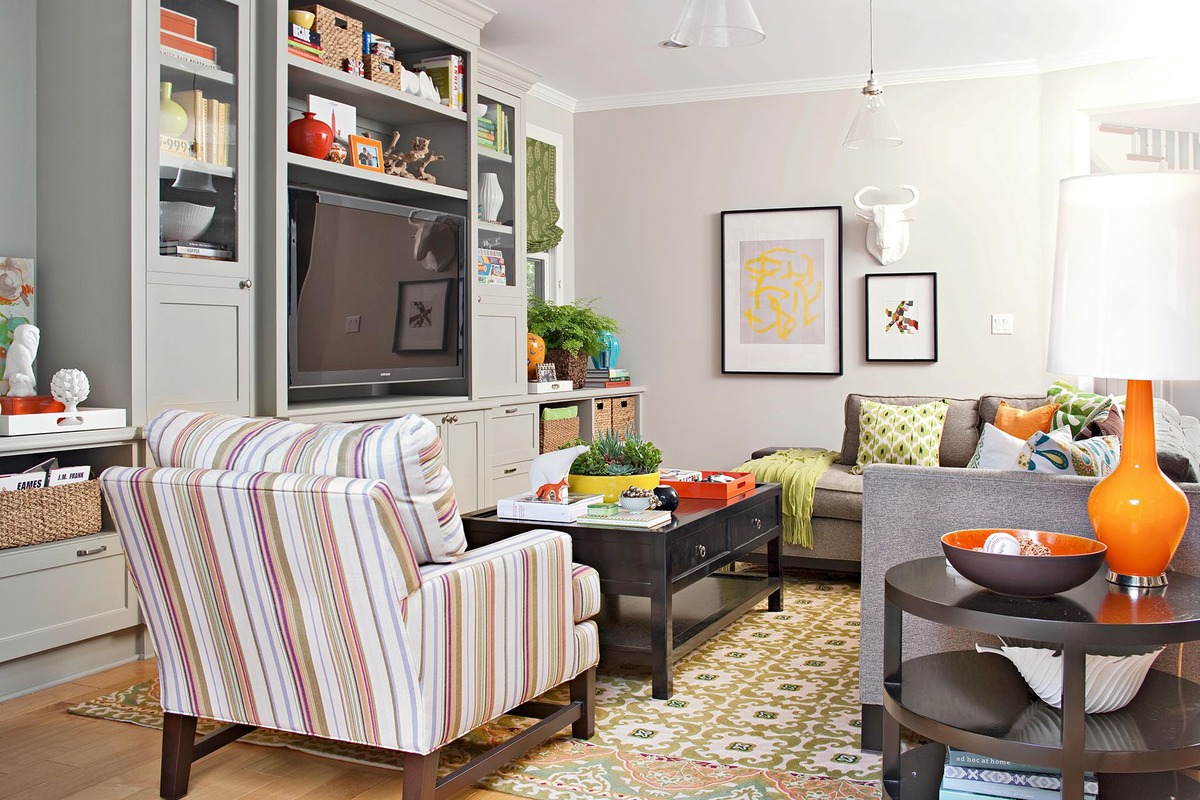
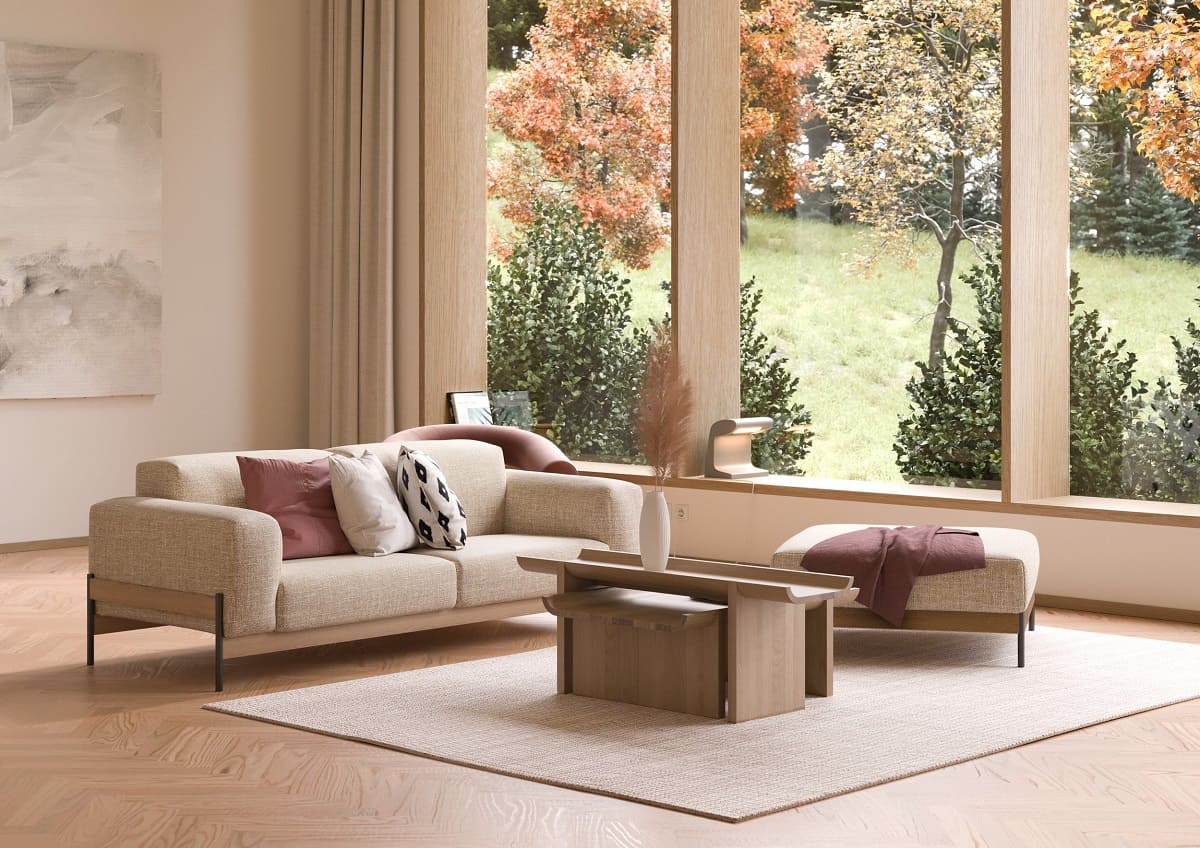
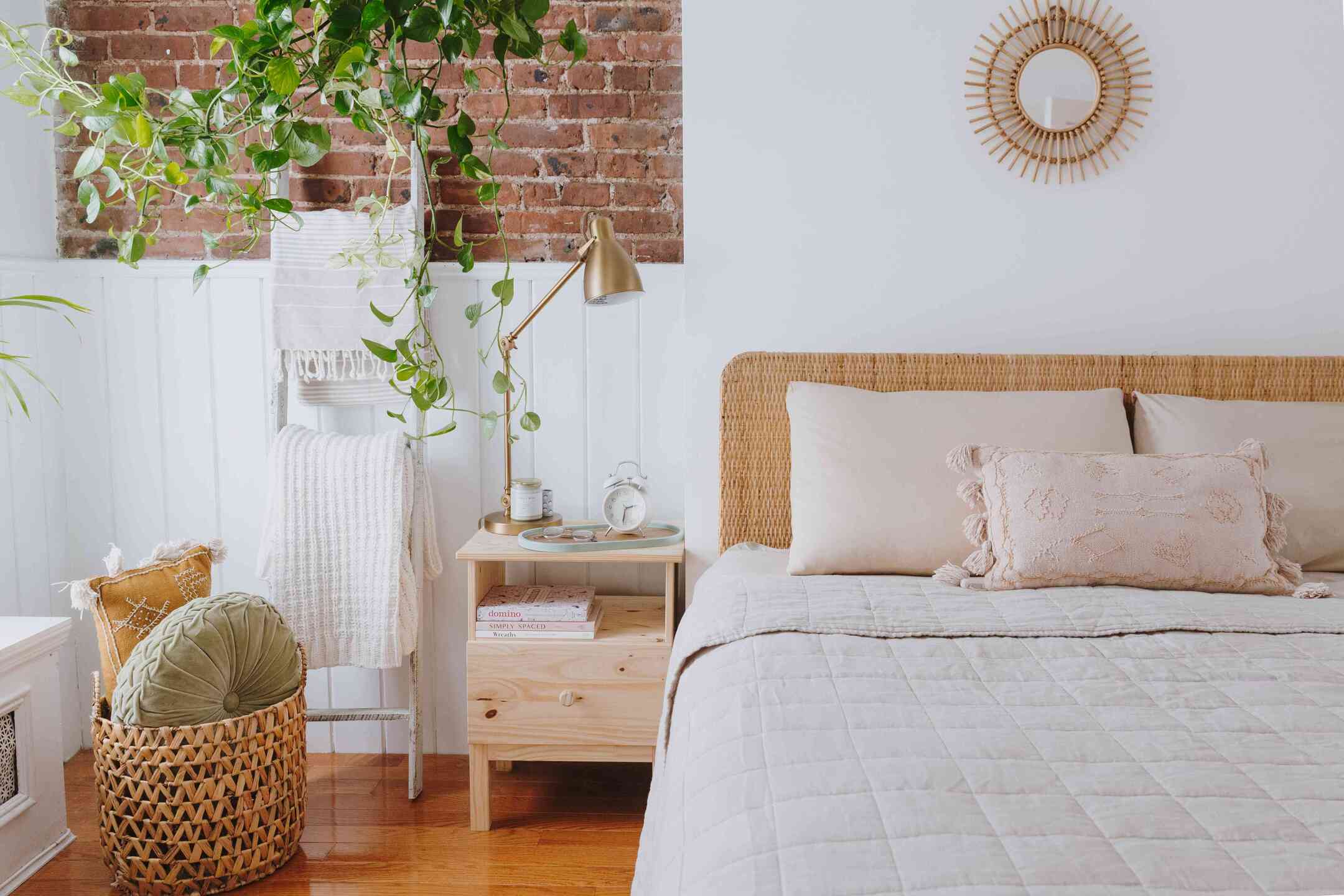
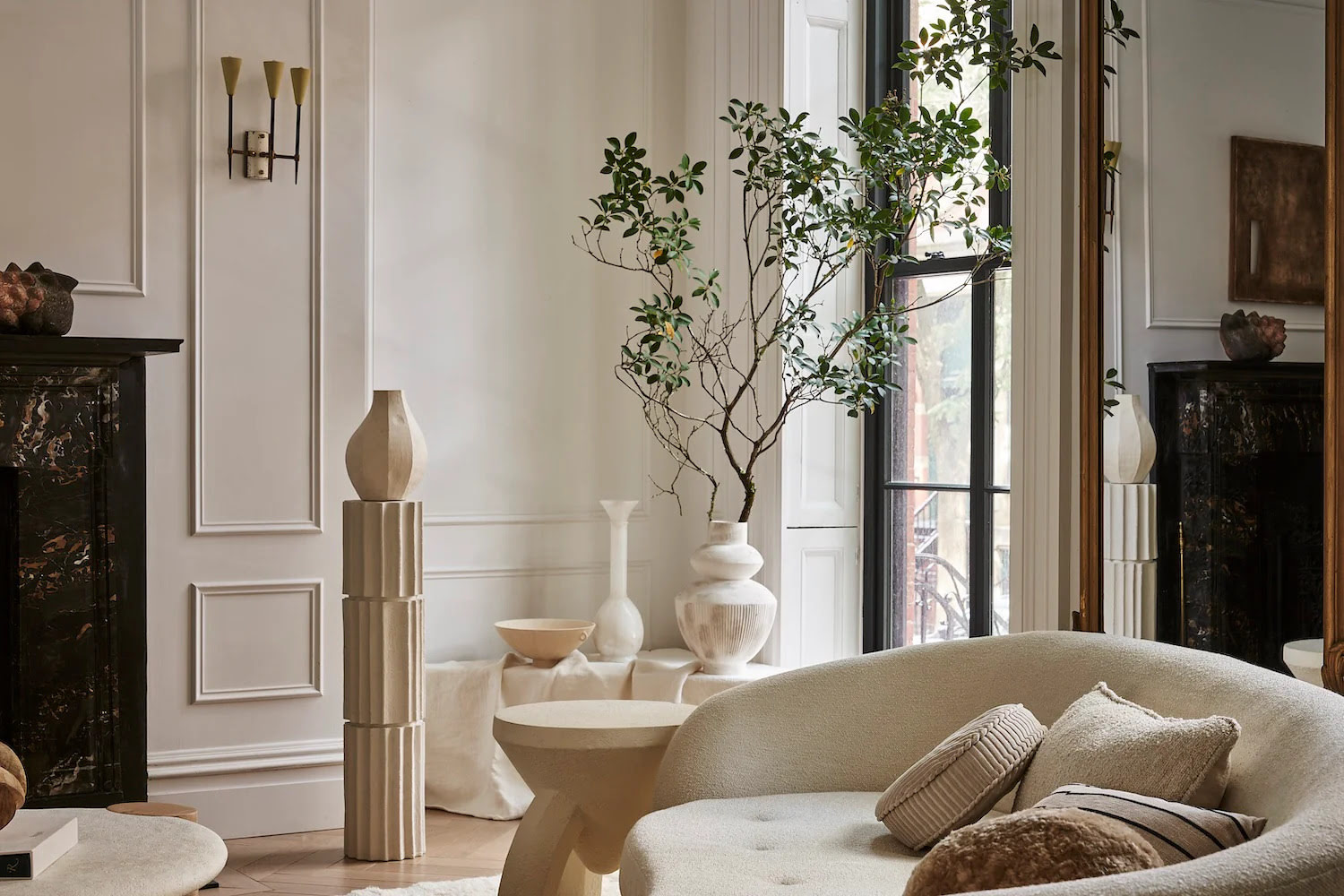

0 thoughts on “Industrial Decor Ideas: 10 Expert Ways To Introduce This Practical Trend”